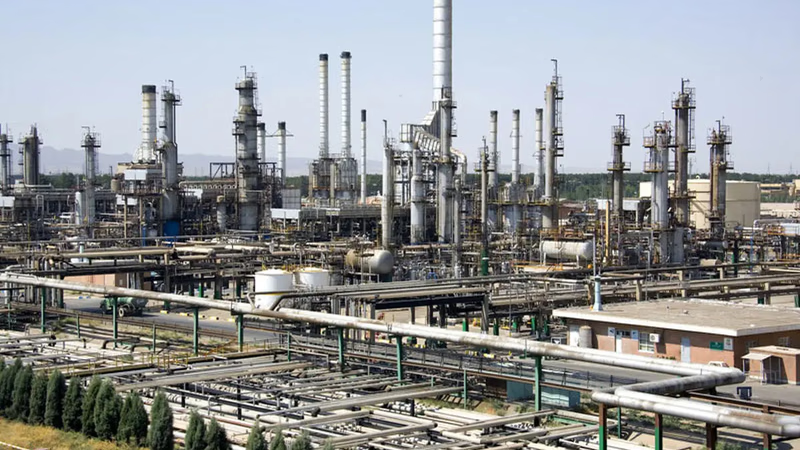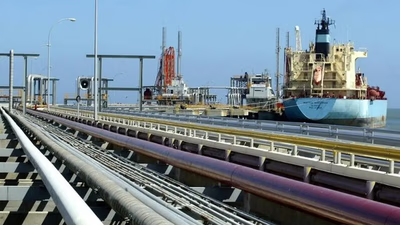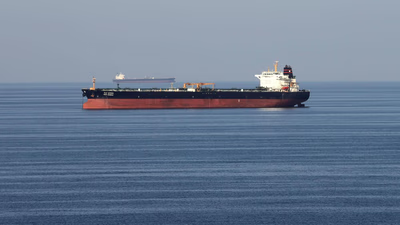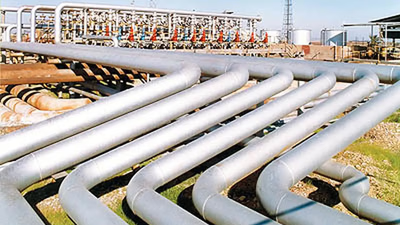
Explore petroleum products like engine oil and bitumen in trade.
In the refinery, various products are obtained from crude oil, and to know how and amount of these products, the crude oil must first be evaluated in the laboratory. What is obtained in this evaluation will be used to design and adjust the work of the refinery and refining equipment. The cuts obtained from the distillation of crude oil in the refinery distillation tower may not be usable in the first place as semi-finished products, so each cut depends on how it is and how to improve its quality to other units such as catalytic conversion. Reduction of viscosity, washing with a solvent, and so on are taken to prepare the final products.
Gasoline is one of the most widely used fuels for automobiles. It is a volatile mixture of hydrocarbons primarily used as a fuel for internal combustion engines. Diesel fuel is used in diesel engines, which are commonly found in trucks, buses, trains, and some cars. It has a higher energy density than gasoline and is often used in applications that require more power or fuel efficiency.Jet fuel, also called aviation turbine fuel (ATF), is specifically designed for use in aircraft. It is a highly refined kerosene-based fuel that provides the necessary energy for jet engines.
Heating oil, also known as fuel oil, is used for heating homes and buildings. It is a distillate fuel derived from petroleum and is commonly used in furnaces and boilers. LPG is a flammable hydrocarbon gas commonly used as fuel in heating appliances, cooking equipment, and vehicles. It is typically stored under pressure and is a mixture of propane and butane. Petroleum-based lubricants, such as engine oils and greases, are used to reduce friction and provide lubrication in various machinery and automotive applications. They help reduce wear and tear, dissipate heat, and protect against corrosion.
Asphalt, also known as bitumen, is a sticky, black, and highly viscous liquid or semi-solid product derived from petroleum. It is primarily used in road construction and maintenance for surfacing roads and waterproofing. Petroleum serves as a feedstock for the production of a wide range of petrochemicals, including plastics, synthetic fibers, rubber, solvents, detergents, fertilizers, and various chemicals used in industries like manufacturing, agriculture, and pharmaceuticals.
In general, crude oil is slightly heated after entering the refinery and then driven to the distillation tower, where it is converted into important oil cuts under atmospheric pressure and vacuum conditions. These incisions have different propositional points. Sometimes some of these sections may be marketed as a final product, but usually, other refining operations must be performed on these first sections, and possibly hydrocarbons must be mixed to obtain the final product.
In refineries, different parts of crude oil are separated and other usable products are introduced into production. According to the International Journal of Oil and Gas, there are over 6,000 petroleum products, most of which are used in our daily lives, and perhaps few people know about their relationship to oil.
It should be noted that petroleum products are used in all areas of our lives. Plastics and plastic materials are one of these high-consumption products and life is impossible without these products, and making all kinds of car, motorcycle, and bicycle tires is another part of the goods that are produced as a result of oil processing in refineries. Many of the liquids used to clean surfaces these days are petroleum products, and a variety of deodorants and inks are petroleum products.
-

West Asia, particularly the Middle East, is a pivotal region in the global petroleum industry, housing some of the largest oil reserves worldwide. Countries like Saudi Arabia, Iraq, Iran, Kuwait, and the UAE are key players, significantly influencing global oil production and prices through their membership in OPEC. The region"s vast reserves of crude oil contribute to its economic stability and geopolitical dynamics. Beyond traditional fuels, West Asia also produces a range of non-fuel petroleum products, including lubricating oils, asphalt, and petrochemicals, which are essential for various industries. The robust petrochemical sector in the region produces downstream products such as plastics and fertilizers, further diversifying its economic base. Strategic maritime chokepoints like the Strait of Hormuz and Bab el-Mandeb are crucial for global oil transportation, making the region a focal point for international trade. Oil revenues have facilitated infrastructure development and investment across multiple sectors, although they have also led to geopolitical tensions over resource control. Understanding the complexities of West Asia"s petroleum landscape is vital for businesses and stakeholders engaged in the B2B marketplace in Asia, as it shapes trade dynamics and supply chain solutions.
-

Petroleum products are derived from crude oil through a complex refining process that begins with laboratory evaluation. The distillation of crude oil in a refinery separates it into various cuts, which may require further processing to enhance their quality. Common petroleum products include gasoline, diesel fuel, jet fuel, heating oil, and liquefied petroleum gas (LPG). Each product serves specific purposes, such as fueling vehicles, heating homes, and powering aircraft. Additionally, petroleum-based lubricants reduce friction in machinery, while asphalt is essential for road construction. The versatility of petroleum extends to the production of petrochemicals, which are vital in manufacturing plastics, synthetic fibers, and various chemicals used across industries. With over 6,000 petroleum products identified, their significance in daily life is profound, impacting everything from transportation to household cleaning products. Understanding the intricacies of petroleum refining and its products is crucial for stakeholders in the Middle East trade platform and B2B marketplaces in Asia, as these insights can drive better supply chain solutions and business networking opportunities.
-

Trading petroleum products is crucial for West Asia"s economy, with key exporters like Saudi Arabia, Iraq, Iran, Kuwait, and the UAE dominating the global oil market. The region"s extensive oil infrastructure, including refineries, export terminals, and major ports like Ras Tanura and Kharg Island, supports the trade of crude oil, refined products, and petrochemicals. West Asia is also a significant player in the petrochemical trade, exporting a variety of products used in manufacturing, agriculture, and construction. Regional cooperation, exemplified by the Gulf Cooperation Council (GCC), enhances trade and investment in the oil sector. However, market volatility due to geopolitical tensions and economic conditions can impact trading activities. The Middle East"s strategic geographical location facilitates exports to growing markets, while national companies leverage competitive advantages for successful market penetration. Trade partnerships extend globally, with exports reaching Asia, Europe, North America, and Africa through long-term contracts and spot sales. Pricing of petroleum products is influenced by global market dynamics, supply and demand, and geopolitical developments, with agreements often factoring in quality and transportation costs."
-

The export of petroleum products from the Middle East plays a crucial role in meeting the demands of neighboring countries and enhancing economic growth. By leveraging diverse oil reserves and effective operational mechanisms, exporters can cater to various market needs, ensuring customer satisfaction and financial returns. Thorough market research is essential to identify target markets, understand pricing trends, and analyze competitors. Developing a strong brand identity and implementing effective marketing strategies, both online and offline, can significantly raise awareness and promote product quality. Establishing a robust distribution network and optimizing supply chain management are vital for timely delivery and cost efficiency. Building strong relationships with customers, including oil traders and petrochemical companies, is key to understanding their evolving needs. Tailoring products to meet specific market requirements enhances competitiveness. Choosing appropriate market entry strategies, ensuring compliance with international regulations, and developing effective pricing strategies are crucial for successful exports.
Continuous exploration of new markets and diversification of product offerings can lead to growth opportunities. Collaborating with industry associations and attending networking events can provide valuable insights and partnerships. Overall, a strategic approach to the export of petroleum products can foster long-term relationships and contribute to economic development in the region.




